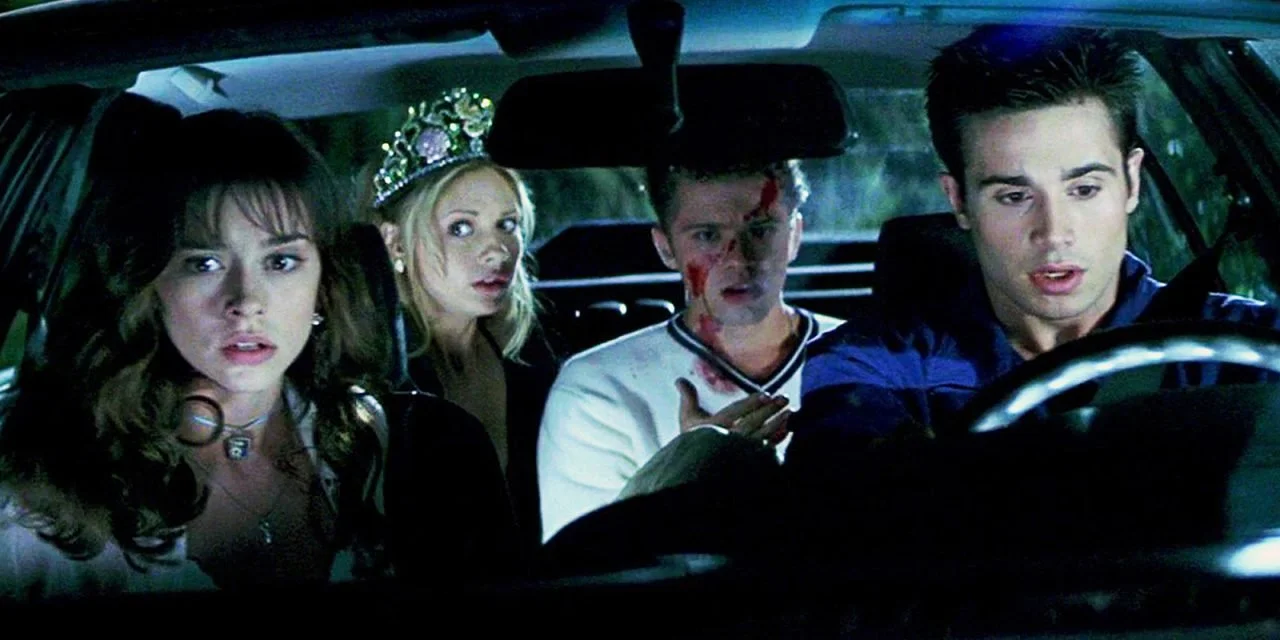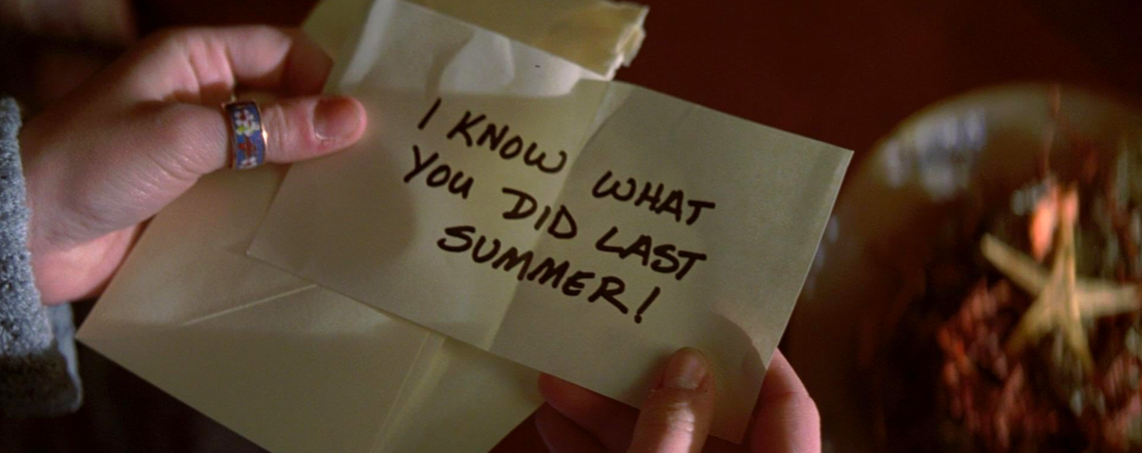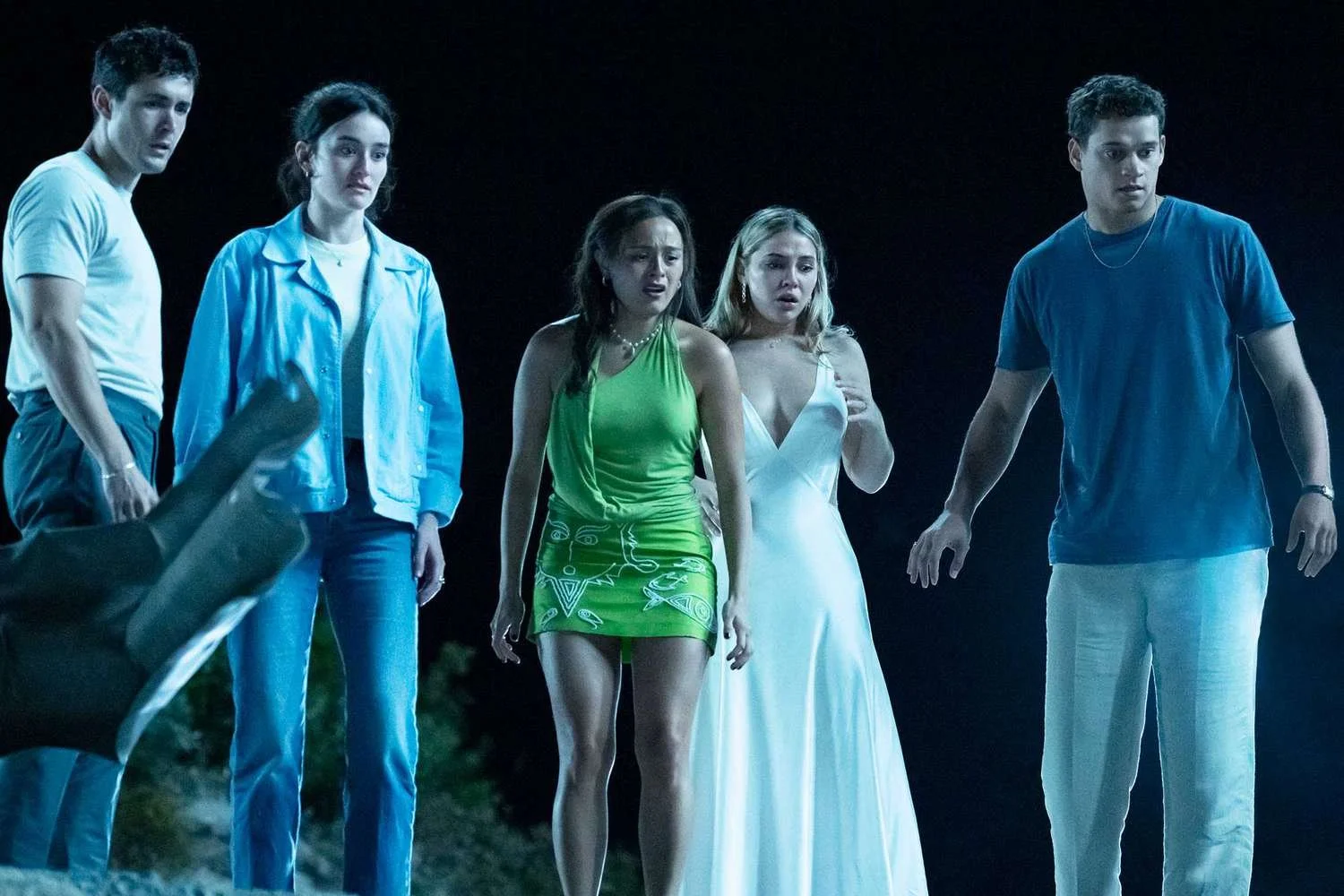Final Girls of Color: Why Horror Still Has Work to Do
Still from I Know What You Did Last Summer (1997), via IMDb, © Columbia Pictures.
Horror films quickly became some of my favorites as a young film fanatic. Despite some of them being quite dramatic, the unorthodox premises allowed me to separate them from reality. The A Nightmare on Elm Street franchise comes to mind—it suggests that events in our dreams have real-life consequences. Scream is more likely to happen, a slasher film whose antagonist exists as a result of family trauma. While I could watch these films and mentally distance myself from their dramatized plots, I was not, however, able to deny the lack of women of color in the genre.
Women of color are glaringly absent from horror, and when they are present, they’re often susceptible to stereotypical tropes. The final girl trope is one that remains a fan favorite and highlights the attributes that popular horror films have—a single final female survivor. Within this trope, though, there are very few women of color. It’s even more discouraging as a horror fan that while the final girl has become more popular, the survivors who are women of color are rarely acknowledged.
1997’s I Know What You Did Last Summer is a movie I found while browsing Netflix one day. It had been out for years at that point, but I immediately understood the hype surrounding the cult classic film. The movie’s premise is that a group of friends get into a car accident, for which they seemingly have hurt someone. They choose as a group not to report the incident, and the consequences catch up to them a year later when the victim, played by Ben Willis, comes for revenge.
Still from I Know What You Did Last Summer (1997), via IMDb, © Columbia Pictures.
The cast of I Know What You Did Last Summer was primarily white, featuring Jennifer Love Hewitt, Sarah Michelle Gellar, and Ryan Phillippe. Freddie Prinze Jr., who is Latino, was the only main cast member of color. This wasn’t shocking, but it stood out to me as a Black girl at the time. One of the only people of color in I Know What You Did Last Summer is Rasool J'Han, who plays a minor character named Deb. Julie James, played by Hewitt, is friends with Deb. Despite Julie being the lead, Deb is a one-off character whose main purpose is to serve as comedic relief in an otherwise emotionally charged film. This not only highlights the lack of regard for women of color in horror but also revisits the stereotype of Black women only being capable of jokes in film media.
I Still Know What You Did Last Summer was released in 1998 and notably added two Black leads, Mekhi Phifer and Brandy. The sequel has a similar plot, in which the victim of the accident has come back for revenge, now aided by his son. Brandy’s character, Karla, isn’t the only one to survive I Still Know What You Did Last Summer, but the significance is not lost on me. For the ‘90s, a woman of color surviving a horror film was not common and still isn’t in contemporary horror. In fact, there is still a striking disparity of women of color in horror.
Still from I Still Know What You Did Last Summer (1998), directed by Danny Cannon. © Columbia Pictures.
Recently, the most recognized women of color in the horror genre are Keke Palmer, Lupita Nyong’o, and Melissa Barrera. While these actresses are breaking barriers and this feat should be recognized, it also shows a lack of opportunity. Nope and Us are both Jordan Peele films from his own production company, Monkeypaw Productions. The opportunities for Palmer and Nyong’o only existed because Peele prioritized these lead horror roles for Black women.
A reboot of I Know What You Did Last Summer is releasing this year, and I am excited to see it. In an era of an overwhelming number of reboots, I have been one to welcome them with open arms—many of the rebooted works’ original films were released when I was too young to see them. With some of my favorite films being remade, it allows the experience of seeing them in theaters for the first time, something I really value as a movie fan. More importantly, though, this allows me to see more representative actors in franchises that I love. Chase Sui Wonders and Lola Tung are both Asian actresses cast in the film, whose work I enjoy a lot. This reboot, of course, leaves room for cameos too, with Brandy’s return as a final girl being rumored.
Still from I Know What You Did Last Summer (2025), directed by Jennifer Kaytin Robinson. © Columbia Pictures. Photo by Brook Rushton.
As someone who has always found joy in horror, it's been disheartening to rarely see women of color on screen, especially in roles that aren't perpetuating stereotypes. That's why this upcoming I Know What You Did Last Summer reboot feels significant to me. This shows progress toward a genre that I love becoming more inclusive. Seeing actresses like Chase Sui Wonders and Lola Tung in major roles, and the possibility of Brandy returning as one of the few acknowledged women of color to survive a horror film, gives me hope that we can make larger strides. I hope that in the future, more women of color will star in lead roles in theatrically released horror films—and survive. Why do you think the “final girl” trope has historically excluded women of color? What would it mean to see that change on a larger scale?



